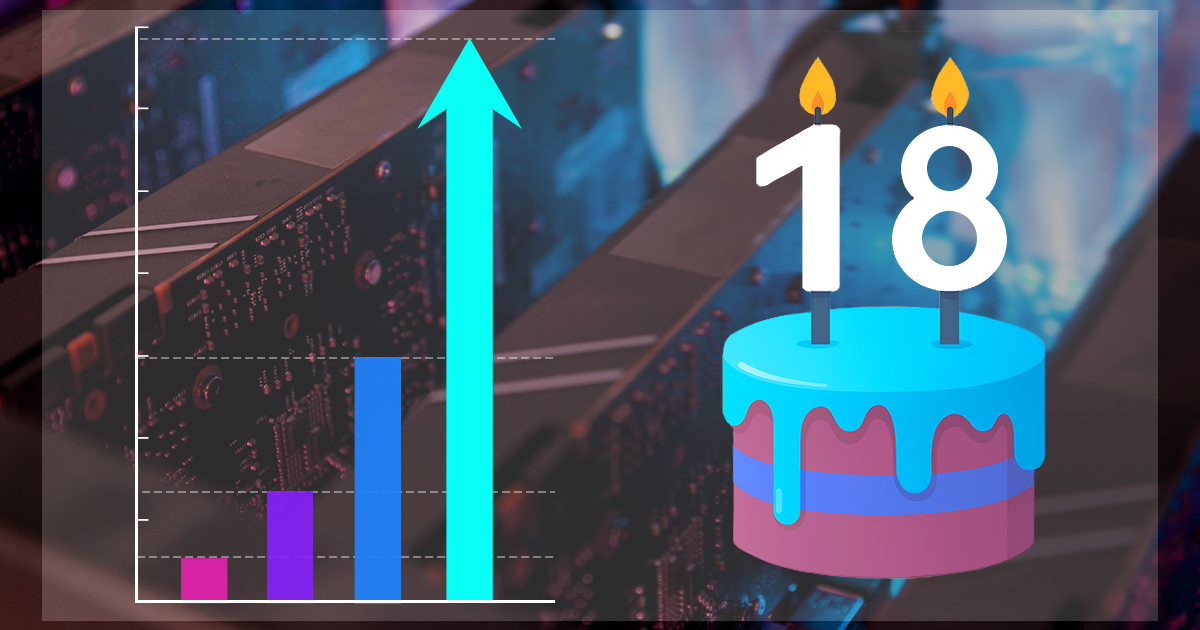TerraMaster is a relatively new company specializing in network attached storage and direct attached storage solutions. The majority of TerraMaster NAS solutions are ARM64 and Intel-based boxes aimed at the home and SOHO users. TerraMaster’s OS (TOS) is based on Linux. At this time, TOS 4.1 is the current version of the OS.
Thecus has been manufacturing NAS devices for more than 15 years. The company develops an in-house Linux-based NAS OS, the ThecusOS. At this time, the most current version of the OS is ThecusOS 7. Thecus advertises secure data encryption in most of its NAS devices. The company’s volume-based encryption tool allows users to fully encrypt their entire RAID volume, defending essential data in instances of theft of the physical device. We found Thecus’ implementation of encryption somewhat unique. In this research, we’ll verify the manufacturer’s claims and check just how secure is Thecus’ implementation of 256-bit AES encryption.
The past two years introduced a number of challenges forensic experts have never faced before. In 2018, Apple made it more difficult for the police to safely transport a seized iPhone to the lab by locking the USB port with USB restricted mode, making data preservation a challenge. The release of the A12 platform, also in 2018, made it difficult to unlock iOS devices protected with an unknown password, while this year’s release of iOS 13 rendered unlock boxes useless on iPhones based on the two most recent platforms.
Skype synchronizes chats, text messages and files sent and received with the Microsoft Account backend. Accessing Skype conversation histories by performing a forensic analysis of the user’s Microsoft Account is often the fastest and easiest way to obtain valuable evidence. Learn how to use Elcomsoft Phone Breaker to quickly extract the complete conversation histories along with attachments and metadata from the user’s Microsoft Account.
Why wasting time recovering passwords instead of just breaking in? Why can we crack some passwords but still have to recover the others? Not all types of protection are equal. There are multiple types of password protection, all having their legitimate use cases. In this article, we’ll explain the differences between the many types of password protection.
Home users and small offices are served by two major manufacturers of network attached storage devices (NAS): QNAP and Synology, with Western Digital being a distant third. All Qnap and Synology network attached storage models are advertised with support for hardware-accelerated AES encryption. Encrypted NAS devices can be a real roadblock on the way of forensic investigations. In this article, we’ll review the common encryption scenarios used in home and small office models of network attached storage devices made by Synology. (more…)
Just like the previous generation of OLED-equipped iPhones, the iPhone 11 Pro and Pro Max both employ OLED panels that are prone to flickering that is particularly visible to those with sensitive eyes. The flickering is caused by PWM (Pulse Width Modulation), a technology used by OLED manufacturers to control display brightness. While both panels feature higher peak brightness compared to the OLED panel Apple used in the previous generations of iPhones, they are still prone to the same flickering at brightness levels lower than 50%. The screen flickering is particularly visible in low ambient brightness conditions, and may cause eyestrain with sensitive users.
The first Microsoft Office product was announced back in 1988. During the past thirty years, Microsoft Office has evolved from a simple text editor to a powerful combination of desktop apps and cloud services. With more than 1.2 billion users of the desktop Office suite and over 60 million users of Office 365 cloud service, Microsoft Office files are undoubtedly the most popular tools on the market. With its backward file format compatibility, Microsoft Office has become a de-facto standard for documents interchange.
The release of macOS Catalina brought the usual bunch of security updates. One of those new security features directly affects how you install Elcomsoft iOS Forensic Toolkit on Macs running the new OS. In this guide we’ll provide step by step instructions on installing and running iOS Forensic Toolkit on computers running macOS 10.15 Catalina. Note: on macOS Catalina, you must use iOS Forensic Toolkit 5.11 or newer (older versions may also work but not recommended).
The Screen Time passcode is an optional feature of iOS 12 and 13 that can be used to secure the Content & Privacy Restrictions. Once the password is set, iOS will prompt for the Screen Time passcode if an expert attempts to reset the device backup password (iTunes backup password) in addition to the screen lock passcode. As a result, experts will require two passcodes in order to reset the backup password: the device screen lock passcode and the Screen Time passcode. Since the 4-digit Screen Time passcode is separate to the device lock passcode (the one that is used when locking and unlocking the device), it becomes an extra security layer effectively blocking logical acquisition attempts.


